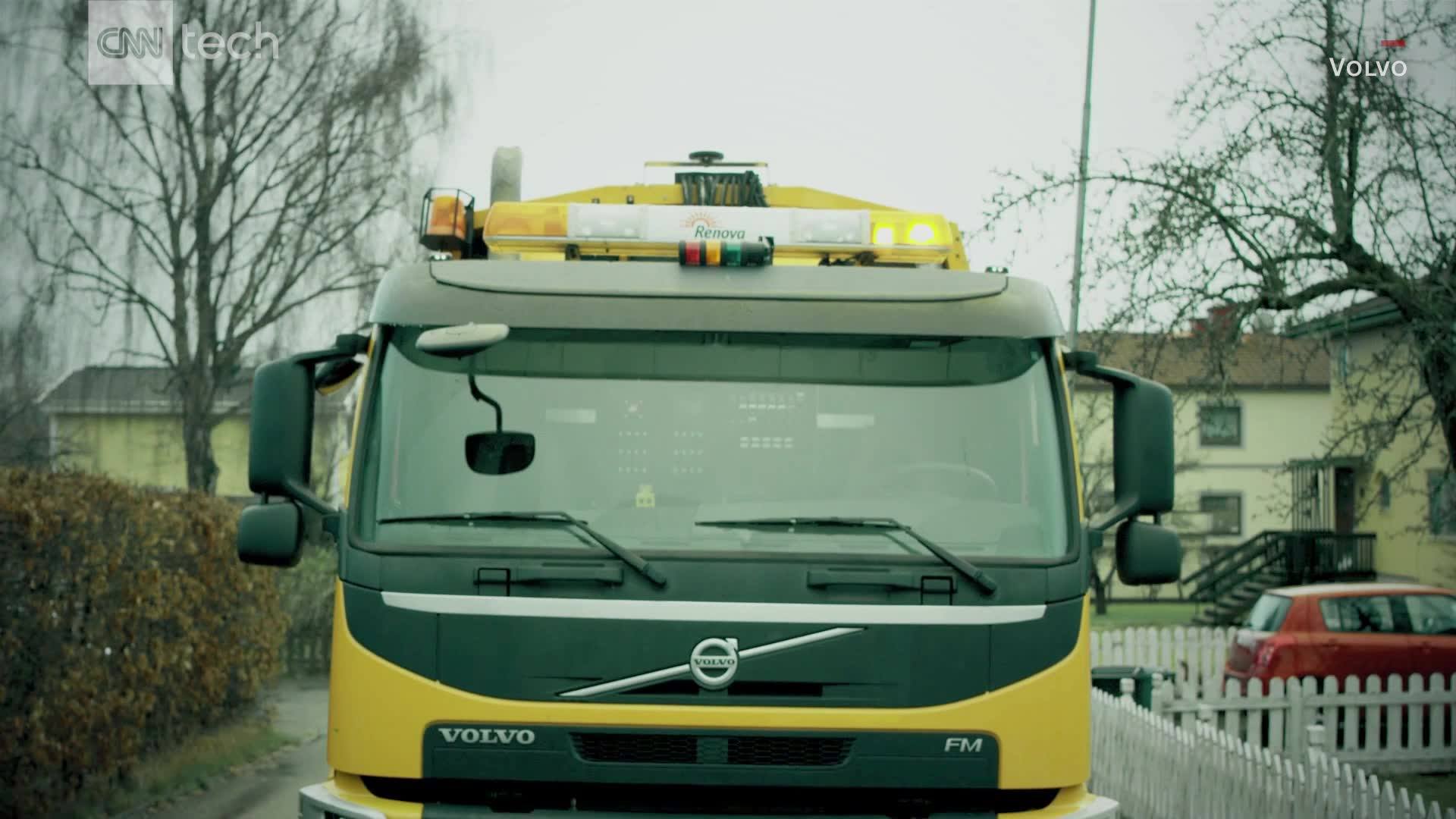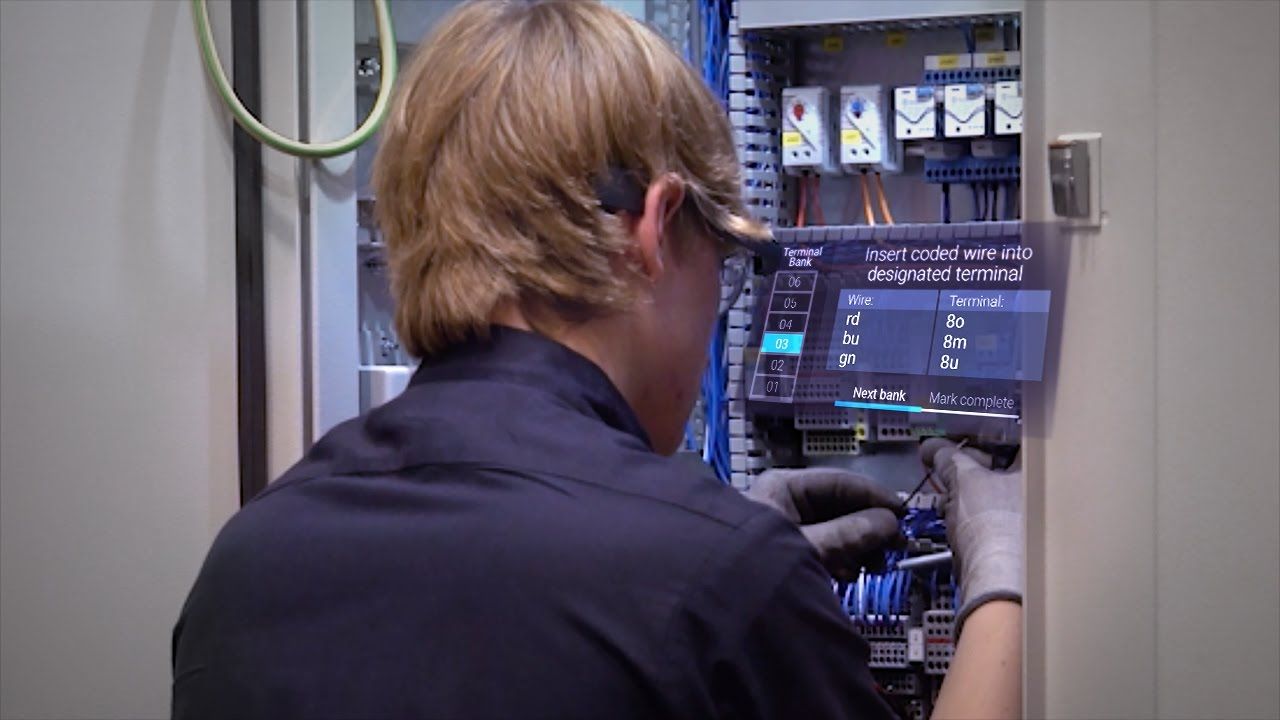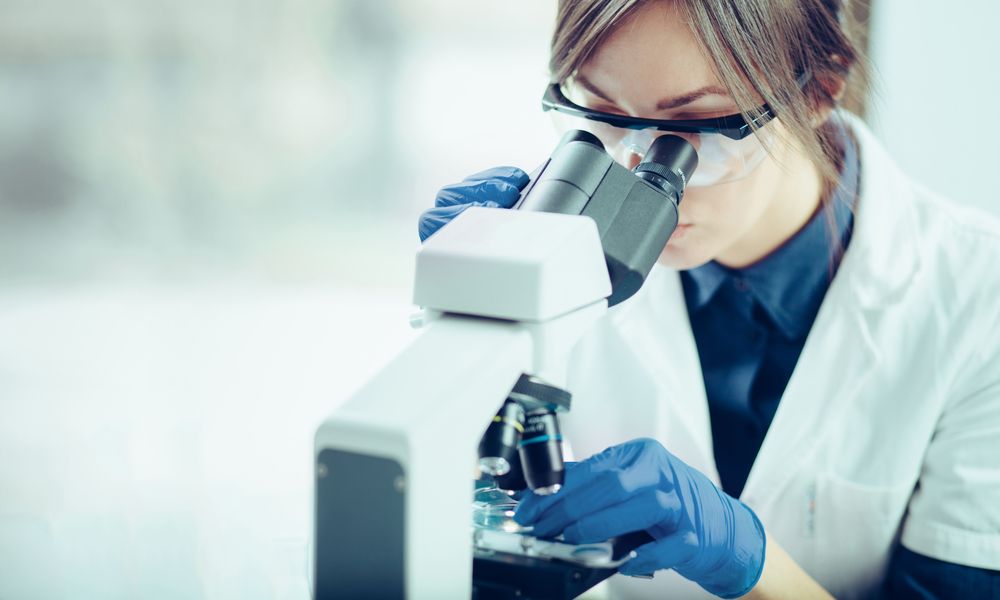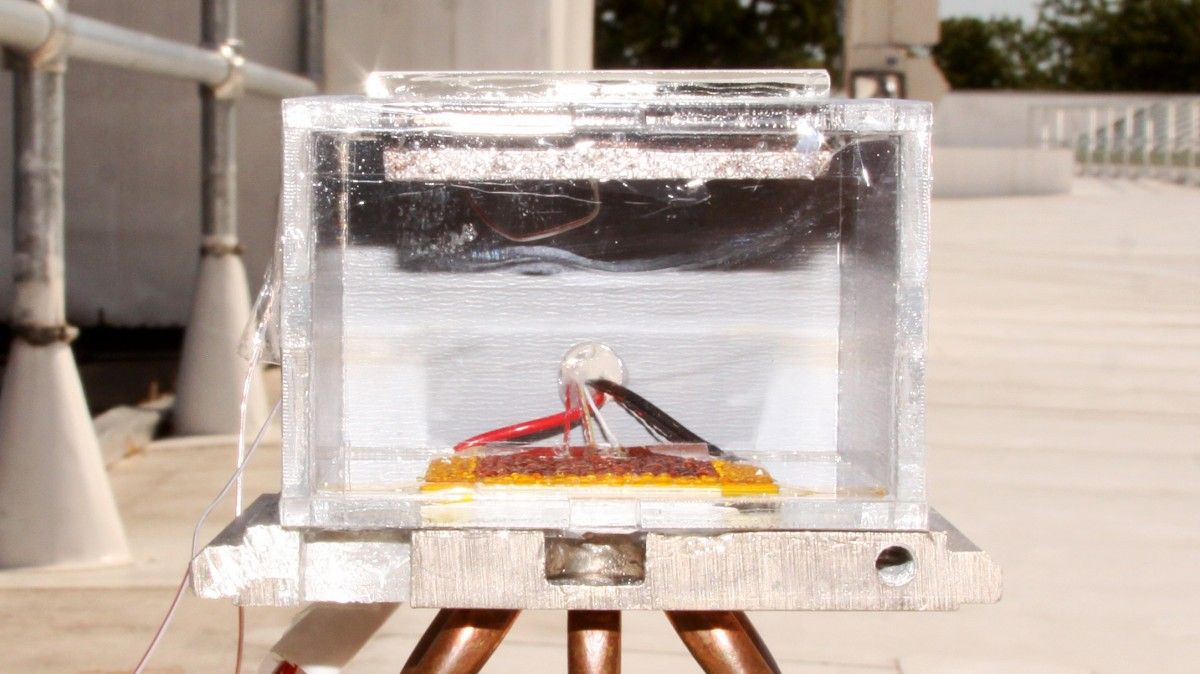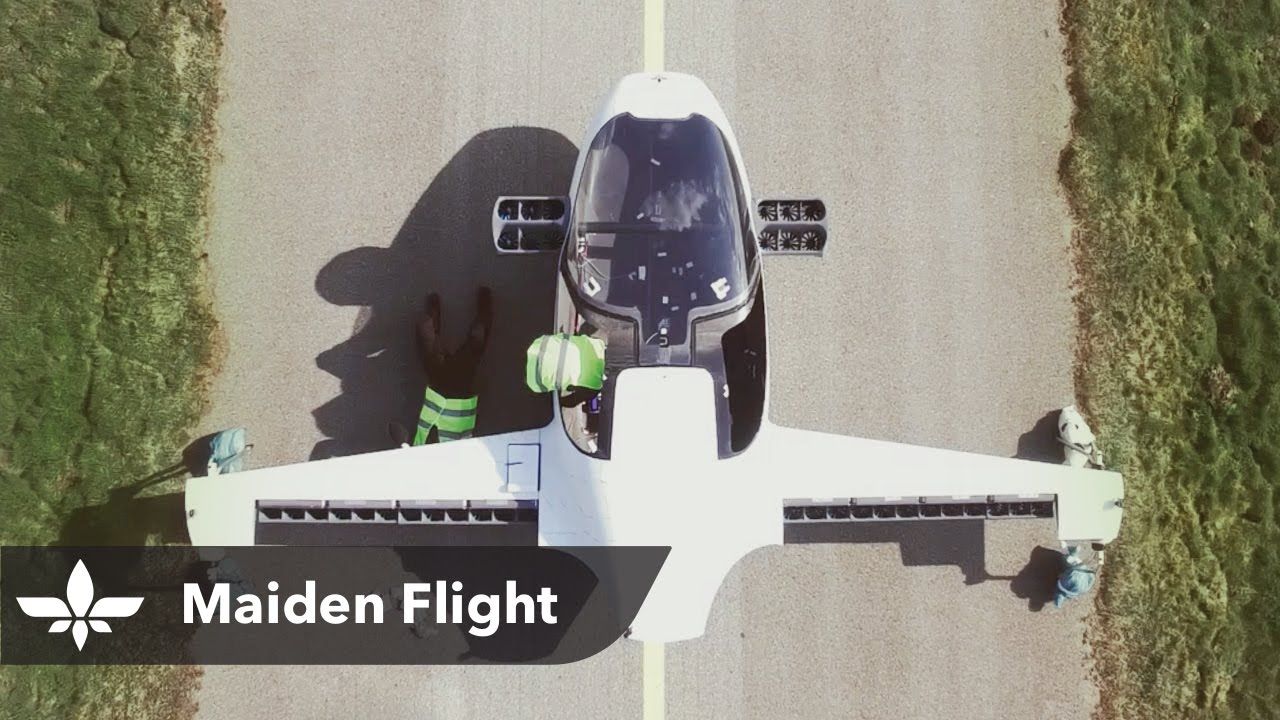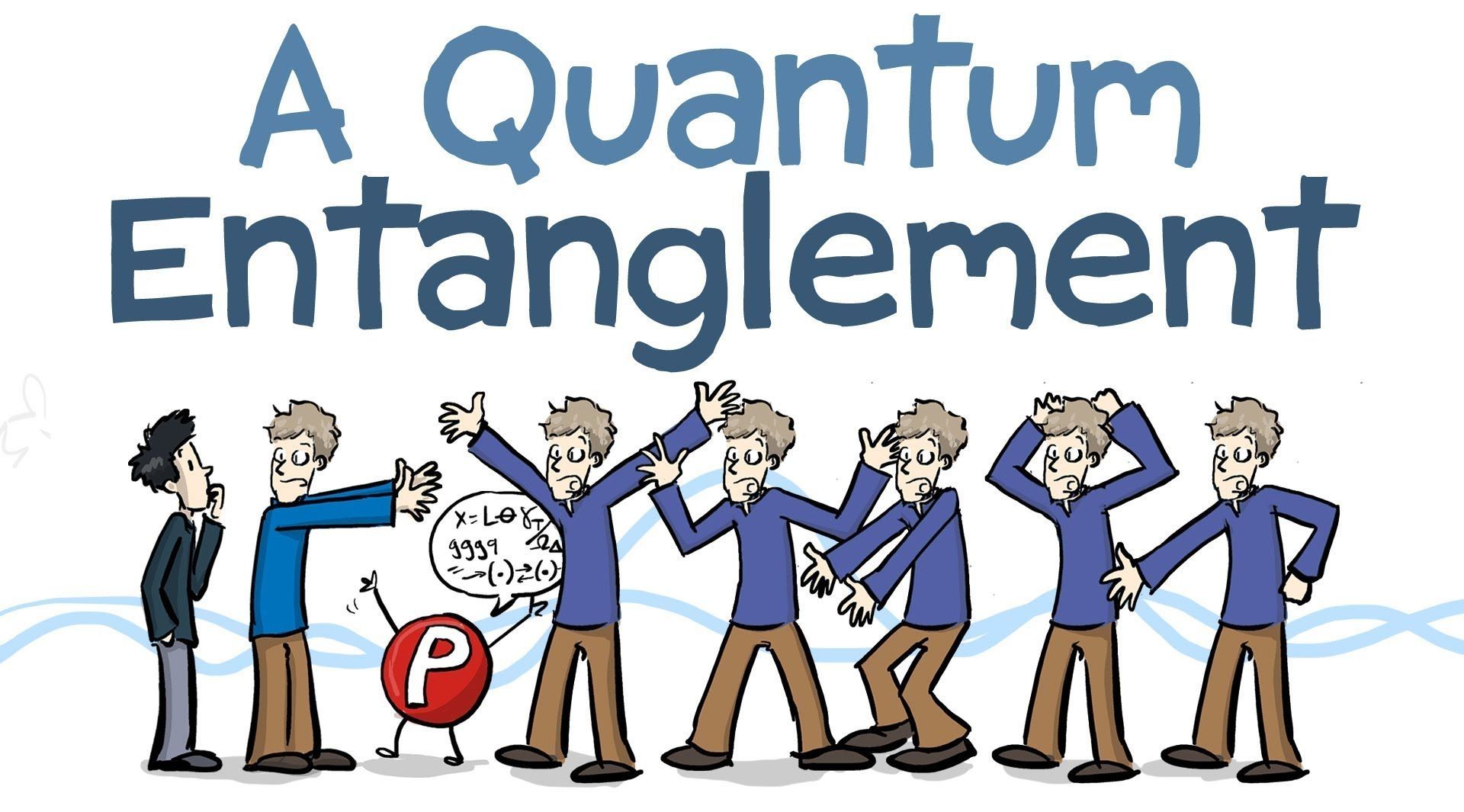Jul 31, 2017
A solar eclipse is coming to America. Here’s what you’ll see where you live
Posted by Sean Brazell in category: space
On Monday August 21, a solar eclipse will cut across the entire United States. And wherever you are, you will be able to see it. Even though the “totality” — the area where the sun is completely blocked out by the moon — is only 70 miles wide, the whole country (even Alaska and Hawaii) will experience a partial eclipse.
This is what you’ll see, and the time you’ll see it, in your zip code.
We recommend punching in a few different ones to see how the eclipse experience will vary across the country. Salem, Oregon (97301), is going to see a total eclipse. Downtown Los Angeles (90012) will see 62 percent of the sun blocked at the peak. In Lake Charles, Louisiana (70601), it’ll be 71 percent.
Continue reading “A solar eclipse is coming to America. Here’s what you’ll see where you live” »

